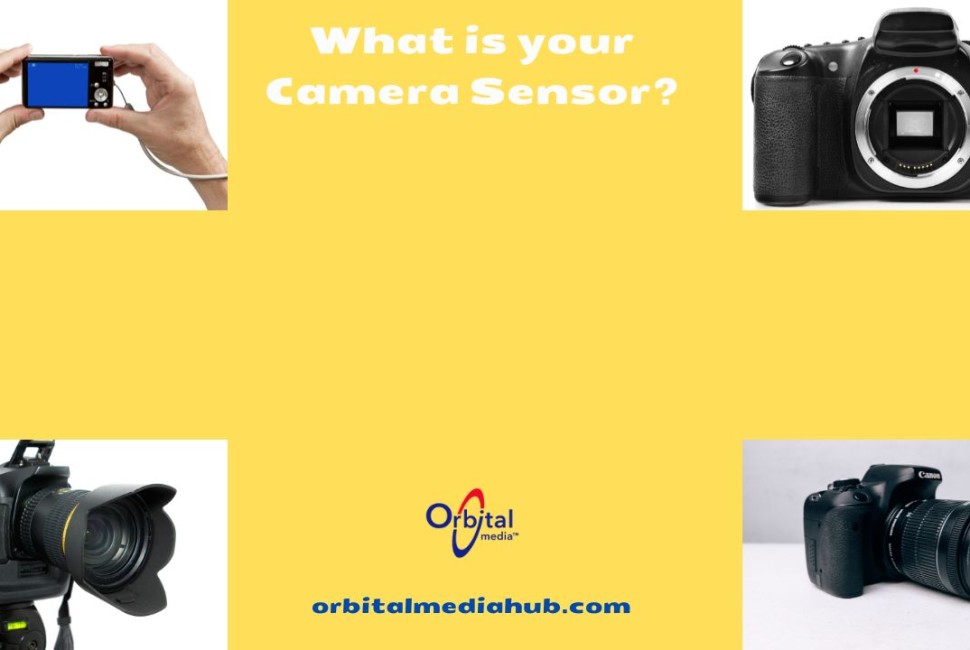Understanding camera sensors
Digital cameras have a vital component inside them called a sensor. A sensor is a part of the camera that converts photons of light into electrons, known as photoelectrons. Thus its main job is to convert light into digital energy, and the level of efficiency in this process refers to quantum efficiency. The camera’s sensor will affect the image quality and the dichotomy of images you can take with it. Through this article, I will share the evolution of sensors to present and how it affects the pictures taken, including CCD, EMCCD, CMOS, and Back-illuminated CMOS. All sensors I’m discussing will consider that electrons have a negative charge or e-. We can deduce that electrons come together when a positive charge is present. Squares on a sensor may transfer a pixel to another by changing its current charge state to positive.
CCD Sensors are great for high-light environments such as laboratory cell documentation and capturing non-movable samples. In the 1970s, the sensor type was a CCD (charged coupled device) introduced for Scientific Imaging. Unfortunately, this sensor type could not capture accurate image samples since it was not very sensitive and consumed much time to shoot. CCD Sensors are slow because they need to move the electrons down the sensor row by row until no sensors show an exposed area to light in the readout register. Once the readout register has all values, it moves to the output node and amplifies into a voltage. Next, voltages convert to a digital grey scale level from the analog input to an ADC (Analog Digital Converter). A computer or other digital device can then read them.
CCD Sensors come in Full-Frame CCD, Frame-Transfer CCD & Interline-Transfer CCD. In a Frame Transfer CCD, the sensor has two parts. The image array is where the light hits the sensor, and the storage array is where light stores before being sent to the readout area. This type of sensor can operate much faster because a second image can be taken to the image array while the previous image renders from the storage array. However, this type is more complex and either requires a larger sensor or a smaller one to be part of the storage array.
CCD Sensors also have one other flavor, Interline-Transfer CCD, when part of each pixel is blocked and not exposed to light. When light hits a pixel, the electron is moved into its blocked portion and sent to the register as usual. The benefit is that it is faster, like the Interline Transfer CCD, but since the pixel area in the sensor is smaller, it is less sensitive. Another drawback of CCD Sensors is that only one output node is available per sensor. The entire sensor needs to initialize all electrons to permit one to capture another picture. Also, if electrons traverse too fast, an error state will occur due to eliminating noise, and re-transmission must occur for misread pixels. Also, CCDs will only capture about 75% maximum because of front-end signal collection energy limitation.
Around 2000, EMCC (Electron Multiplication Charged Cuple Devices) emerged, offering faster and more sensitive imaging than CCDs. EMCCs are great for low-light environments and photon counting. EMCC works similarly to Frame-Transfer CCD, except that the gain register uses a process called impact ionization. Impact ionization pushes all extraneous electrons out of the silicon sensor, thus multiplying the signal. The EM will use a value from 1-1000 to multiply the signal. Should the EM suspect a signal of fewer than 5 electrons, the EM value set will be the node output. EMCC has benefits, but since more complexity is present: EM Gain Delay, EM Gain Stability, and Excess Noise Factors are often inevitable.
Although MOS and CMOS Technology have been around since before the 1950s, it was only in 2019 that CMOS cameras became efficient enough for scientific imaging. Thus, referred to as Scientific CMOS or sCMOS. CMOS and EMCCD are quite different because this technology uses parallelization, which means the sensors operate parallel. Inside a CMOS sensor is an amplifier and capacitor on every pixel. Photon is converted to an electron on the same pixel and immediately transferred to readable voltage while on that same pixel. There is also an ADC (Analog to Digital Convert) for each column in the array; thus, read rates are faster than CCD or EMCCD since they operate in significantly faster parallel and with low noise.
CMOS sensors are the staple of commercial imaging in every smartphone, camera, digital camera, and imaging device. Mass production made these sensors cheaper and had a total well capacity to support simultaneous imaging of dark and bright signals. Since CCDs do not have transistors and capacitors, they had to use existing light for taking pictures.
In 2016 Back-illuminated CMOS were released, and they improved camera sensitivity, more pixel sizes, and cleaner image background. A front-illuminate sensor has light coming in from the front as it passes through the lens and camera wiring before hitting the photodetector. Now Back-illuminated CMOS has the sensor flipped so the light hits the photodetector first.
The evolution of Camera sensors has come a long way, but what happened before sensors? There was film that was made of polyester plastic and contained a suspended layer of gelatin on it. The two things that affect film speed with film rolls are the number of silver halide crystals and the size of the crystals. The greater number and size of the crystals increase the speed of the film, which we now do with the ISO wheel. The higher the number of the ISO wheel, the more you amplify your image’s source and the lower the amplification.
Now you probably understand how valuable it is to have an excellent clean sensor in your camera and how it is one of the primary players in getting you a high-quality digital image or photo.

Comments :
No comments found